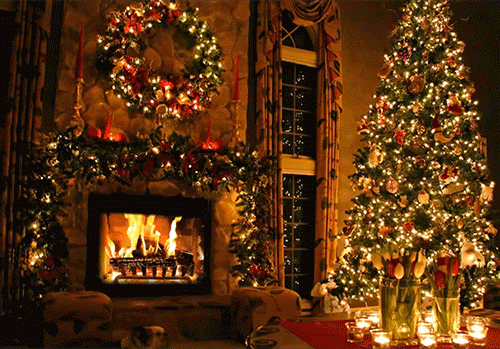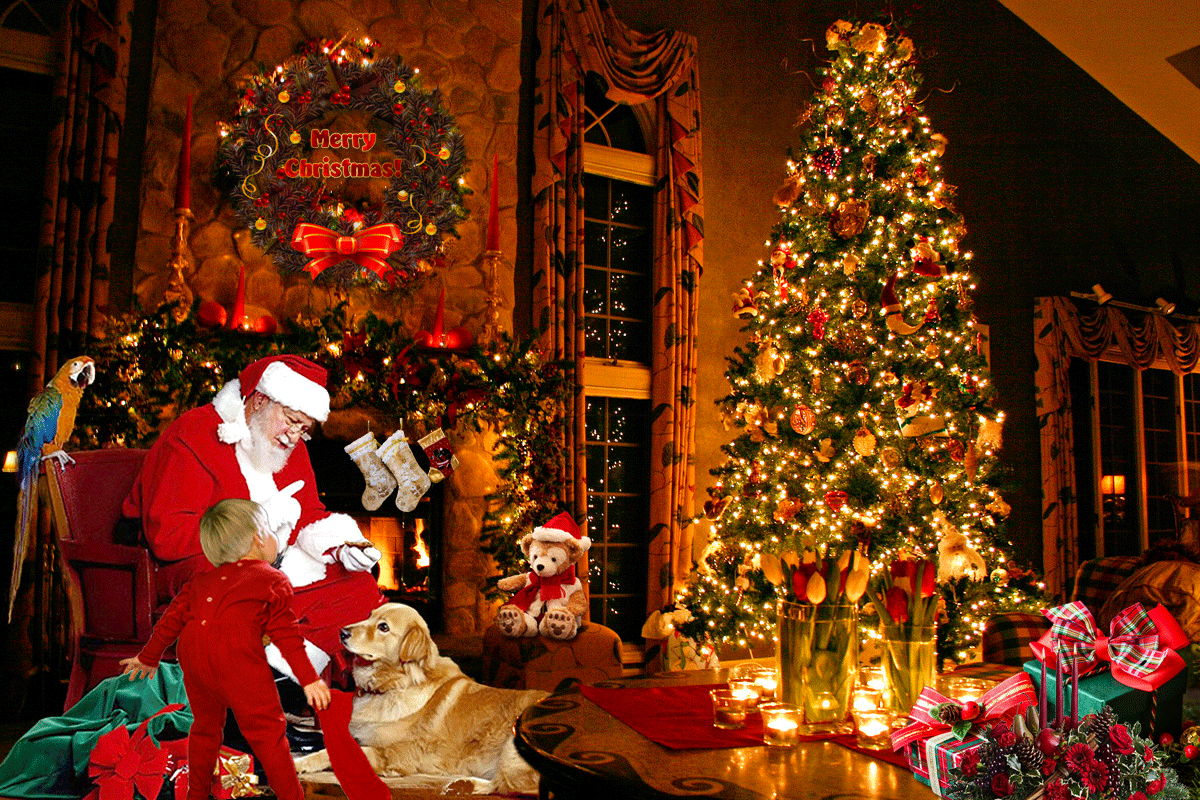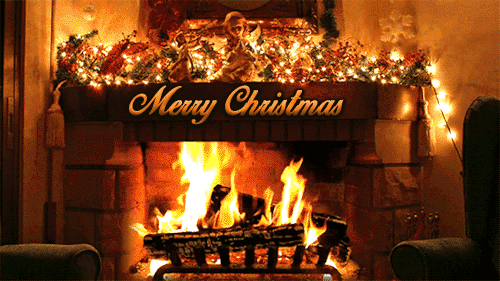🎁 The Nutcracker ❄️
🩰 Ballet 🩰
🎄 Casse-Noisette 🎄
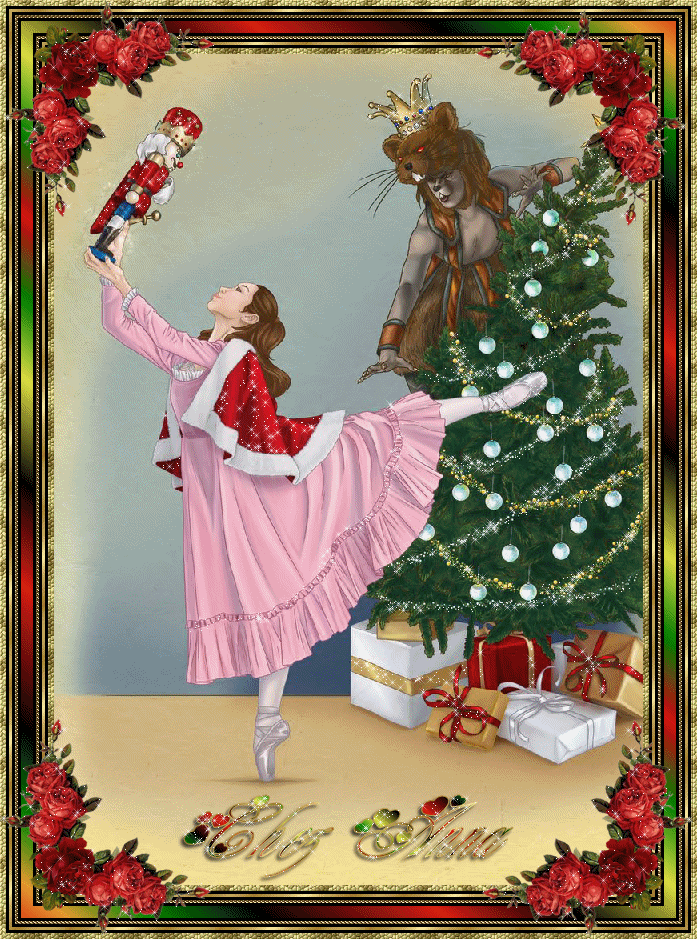

The Nutcracker is an 1892 two-act ballet, originally choreographed by Marius Petipa and Lev Ivanov with a score by Pyotr Ilyich Tchaikovsky (Op. 71). The libretto is adapted from E. T. A. Hoffmann's story "The Nutcracker and the Mouse King".
Although the original production was not a success, the 20-minute suite that Tchaikovsky extracted from the ballet was. However, the complete Nutcracker has enjoyed enormous popularity since the late 1960s and is now performed by countless ballet companies, primarily during the Christmas season, especially in North America. Major American ballet companies generate around 40% of their annual ticket revenues from performances of The Nutcracker. The ballet's score has been used in several film adaptations of Hoffmann's story.
Tchaikovsky's score has become one of his most famous compositions. Among other things, the score is noted for its use of the celesta, an instrument that the composer had already employed in his much lesser known symphonic ballad The Voyevoda.
🩰 Casse-Noisette 🎄The Nutcracker
❄️ Ballet du Bolchoï ❄️
👇 VIDEO 👇
🎄❄️🎄❄️🎄❄️🎄❄️🎄❄️🎄❄️🎄❄️🎄❄️
Composition
After the success of The Sleeping Beauty in 1890, Ivan Vsevolozhsky,
the director of the Imperial Theatres, commissioned Tchaikovsky to compose a double-bill program featuring both an opera and a ballet. The opera would be Iolanta. For the ballet, Tchaikovsky would again join forces with Marius Petipa, with whom he had collaborated on The Sleeping Beauty. The material Petipa chose was an adaptation of E. T. A. Hoffmann's story "The Nutcracker and the Mouse King", by Alexandre Dumas called "The Story of a Nutcracker". The plot of Hoffmann's story (and Dumas' adaptation) was greatly simplified for the two-act ballet. Hoffmann's tale contains a long flashback story within its main plot titled "The Tale of the Hard Nut", which explains how the Prince was turned into the Nutcracker. This had to be excised for the ballet.
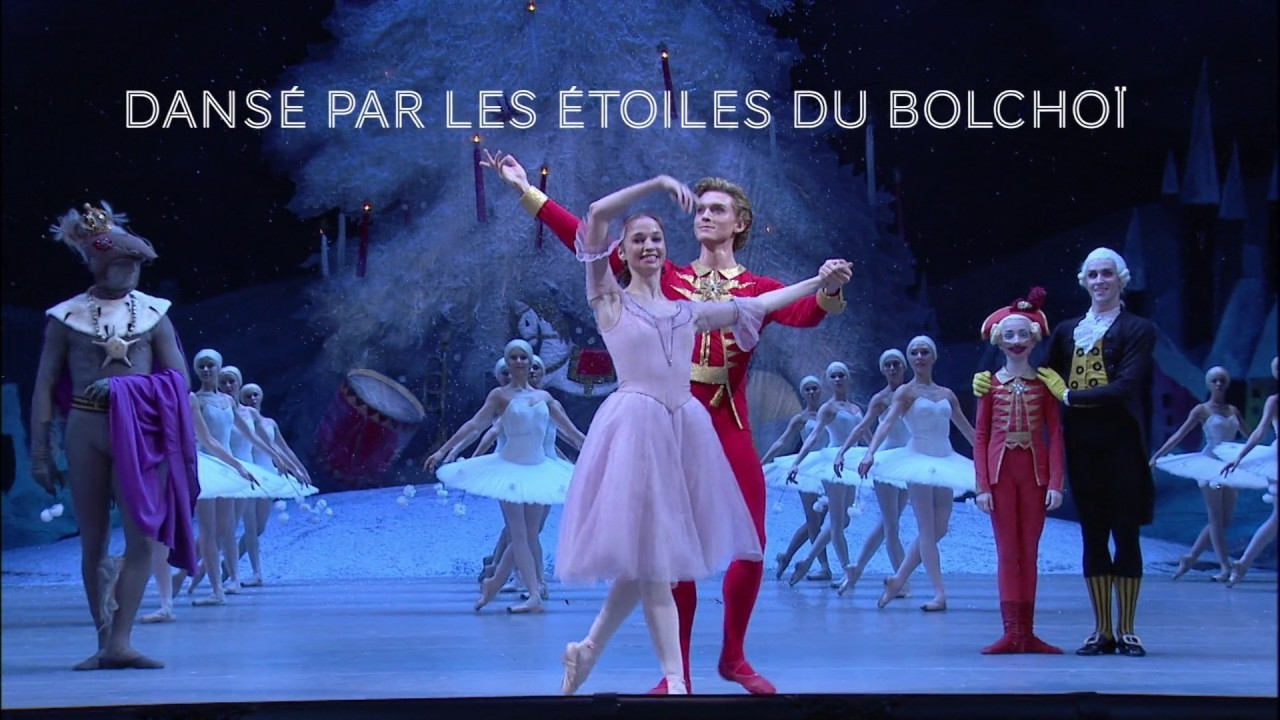
🎄 🎀 ❤ 🎁 ❄ ⛄ 🎀
🩰 Ballet Complet 🩰
👇 VIDEO 👇
👇 VIDEO 👇
🎄 George Balanchine's 🩰 The Nutcracker 🎁
🎄 🎀 ❄ ❤ ❤ ⛄ 🎀 ❄ 🎄

Petipa gave Tchaikovsky extremely detailed instructions for the composition of each number, down to the tempo and number of bars. The completion of the work was interrupted for a short time when Tchaikovsky visited the United States for twenty-five days to conduct
concerts for the opening of Carnegie Hall. Tchaikovsky composed parts of The Nutcracker in Rouen, France.
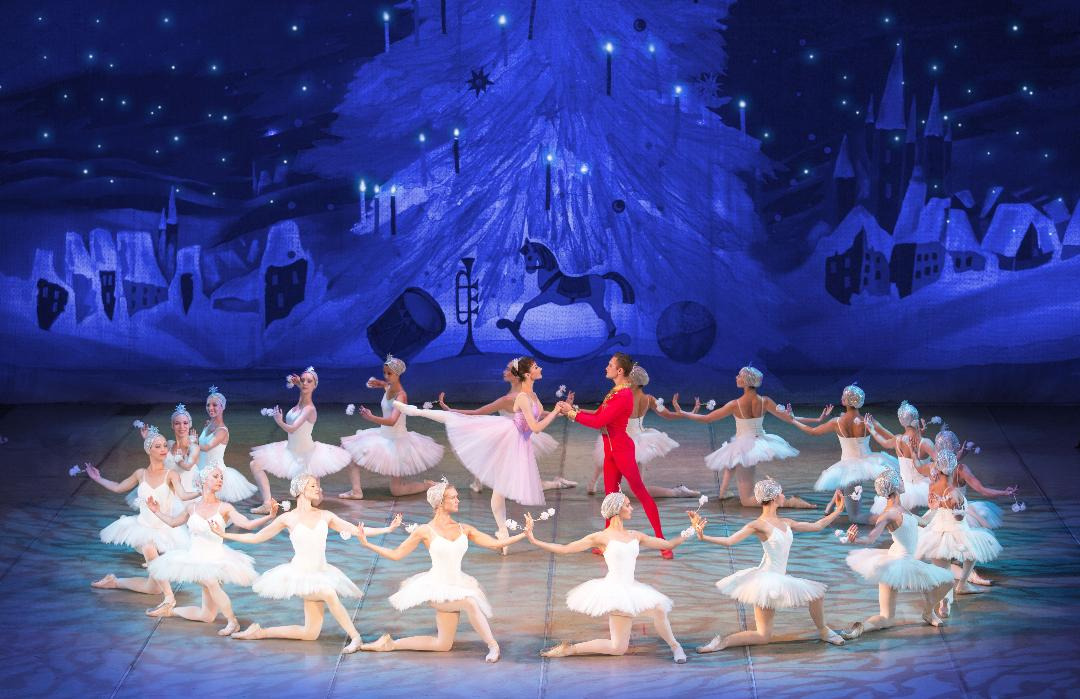
History
Saint Petersburg premiere
Saint Petersburg premiere
The first performance of the ballet was held as a double premiere together with Tchaikovsky's last opera, Iolanta, on 18 December [O.S. 6 December] 1892, at the Imperial Mariinsky Theatre in Saint Petersburg, Russia. Although the libretto was by Marius Petipa, who exactly choreographed the first production has been debated. Petipa began work on the choreography in August 1892; however, illness removed him from its completion and his assistant of seven years, Lev Ivanov, was brought in. Although Ivanov is often credited as the choreographer, some contemporary accounts credit Petipa. The performance was conducted by Italian composer Riccardo Drigo, with Antonietta Dell'Era as the Sugar Plum Fairy, Pavel Gerdt as Prince Coqueluche, Stanislava Belinskaya as Clara, Sergei Legat as the Nutcracker-Prince, and Timofey Stukolkin as Drosselmeyer. Unlike in many later productions, the children's roles were performed by real children – students of the Imperial Ballet School in Saint Petersburg, with Belinskaya as Clara, and Vassily Stukolkin as Fritz – rather than adults.
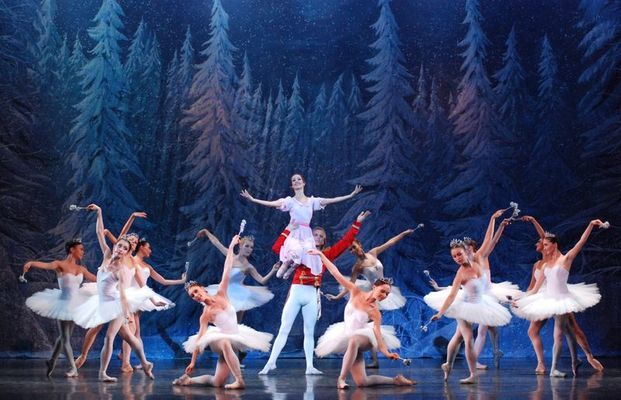

The first performance of The Nutcracker was not deemed a success. The reaction to the dancers themselves was ambivalent. While some critics praised Dell'Era on her pointework as the Sugar Plum Fairy (she allegedly received five curtain-calls), one critic called her "corpulent" and "podgy". Olga Preobrajenskaya as the Columbine doll was panned by one critic as "completely insipid" and praised as "charming" by another.
Alexandre Benois
described the choreography of the battle scene as confusing: "One can not understand anything. Disorderly pushing about from corner to corner and running backwards and forwards – quite amateurish."
The libretto was criticized as "lopsided" and for not being faithful to the Hoffmann tale. Much of the criticism focused on the featuring of children so prominently in the ballet, and many bemoaned the fact that the ballerina did not dance until the Grand Pas de Deux near the end of the second act (which did not occur until nearly midnight during the program). Some found the transition between the mundane world of the first scene and the fantasy world of the second act too abrupt. Reception was better for Tchaikovsky's score. Some critics called it "astonishingly rich in detailed inspiration" and "from beginning to end, beautiful, melodious, original, and characteristic". But this also was not unanimous as some critics found the party scene "ponderous" and the Grand Pas de Deux "insipid".
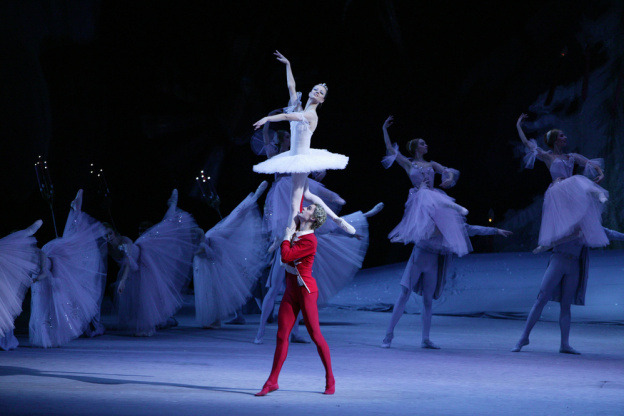
Subsequent productions
In 1919, choreographer Alexander Gorsky
staged a production which eliminated the Sugar Plum Fairy and her Cavalier and gave their dances to Clara and the Nutcracker Prince, who were played by adults instead of children. This was the first production to do so. An abridged version of the ballet was first performed outside Russia in Budapest (Royal Opera House) in 1927, with choreography by Ede Brada.[14] In 1934, choreographer Vasili Vainonen staged a version of the work that addressed many of the criticisms of the original 1892 production by casting adult dancers in the roles of Clara and the Prince, as Gorsky had. The Vainonen version influenced several later productions.
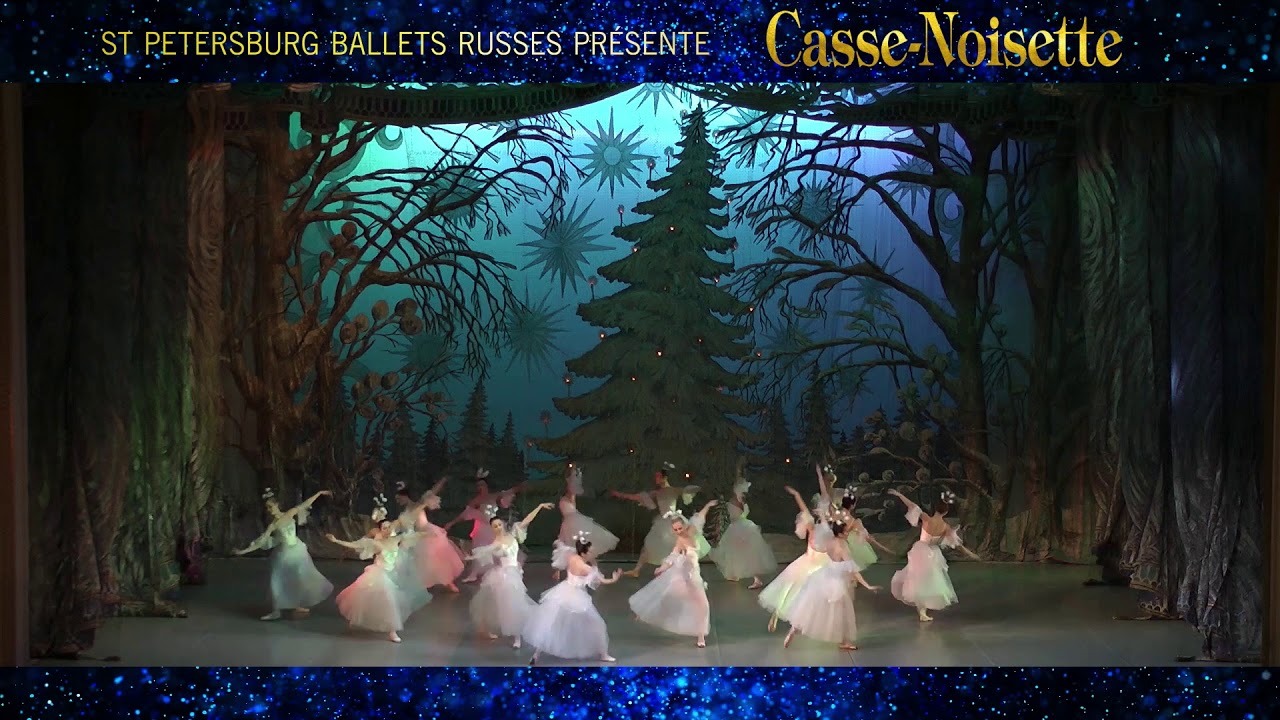
The first complete performance outside Russia took place in England in 1934, staged by Nicholas Sergeyev after Petipa's original choreography. Annual performances of the ballet have been staged there since 1952. Another abridged version of the ballet, performed by the Ballet Russe de Monte Carlo, was staged in New York City in 1940, Alexandra Fedorova – again, after Petipa's version. The ballet's first complete United States performance was on 24 December 1944, by the San Francisco Ballet, staged by its artistic director, Willam Christensen, and starring Gisella Caccialanza as the Sugar Plum Fairy, and Jocelyn Vollmar as the Snow Queen. After the enormous success of this production, San Francisco Ballet has presented Nutcracker every Christmas Eve and throughout the winter season, debuting new productions in 1944, 1954, 1967, and 2004. The original Christensen version continues in Salt Lake City, where Christensen relocated in 1948. It has been performed every year since 1963 by the Christensen-founded Ballet West.
The New York City Ballet gave its first annual performance of George Balanchine's staging of The Nutcracker in 1954.
Beginning in the 1960s, the tradition of performing the complete ballet at Christmas eventually spread to the rest of the United States.
Since Gorsky, Vainonen and Balanchine's productions, many other choreographers have made their own versions. Some institute the changes made by Gorsky and Vainonen while others, like Balanchine, utilize the original libretto. Some notable productions include Rudolf Nureyev's 1963 production for the Royal Ballet, Yuri Grigorovich for the Bolshoi Ballet, Mikhail Baryshnikov for the American Ballet Theatre, Kent Stowell for Pacific Northwest Ballet starting in 1983, and Peter Wright for the Royal Ballet and the Birmingham Royal Ballet. In recent years, revisionist productions, including those by Mark Morris, Matthew Bourne, and Mikhail Chemiakin have appeared; these depart radically from both the original 1892 libretto and Vainonen's revival, while Maurice Bejart's version completely discards the original plot and characters. In addition to annual live stagings of the work, many productions have also been televised or released on home video.
Plot
Below is a synopsis based on the original 1892 libretto by Marius Petipa. The story varies from production to production, though most follow the basic outline. The names of the characters also vary. In the original E. T. A. Hoffmann story, the young heroine is called Marie Stahlbaum and Clara (Klärchen) is her doll's name. In the adaptation by Dumas on which Petipa based his libretto, her name is Marie Silberhaus.[5] In still other productions, such as Baryshnikov's, Clara is Clara Stahlbaum rather than Clara Silberhaus.
Act I
Scene 1: The Stahlbaum Home
It is Christmas Eve. Family and friends have gathered in the parlor to decorate the beautiful Christmas tree in preparation for the party. Once the tree is finished, the children are sent for. They stand in awe of the tree sparkling with candles and decorations.
The party begins. A march is played. Presents are given out to the children. Suddenly, as the owl-topped grandmother clock strikes eight, a mysterious figure enters the room. It is Drosselmeyer, a local councilman, magician, and Clara's godfather. He is also a talented toymaker who has brought with him gifts for the children, including four lifelike dolls who dance to the delight of all.[22] He then has them put away for safekeeping.
Clara and Fritz are sad to see the dolls being taken away, but Drosselmeyer has yet another toy for them: a wooden nutcracker carved in the shape of a little man. The other children ignore it, but Clara immediately takes a liking to it. Fritz, however, breaks it, and Clara is heartbroken.
During the night, after everyone else has gone to bed, Clara returns to the parlor to check on her beloved nutcracker. As she reaches the little bed, the clock strikes midnight and she looks up to see Drosselmeyer perched atop it. Suddenly, mice begin to fill the room and the Christmas tree begins to grow to dizzying heights. The nutcracker also grows to life size. Clara finds herself in the midst of a battle between an army of gingerbread soldiers and the mice, led by their king. The mice begin to eat the gingerbread soldiers.
The nutcracker appears to lead the soldiers, who are joined by tin soldiers, and by dolls who serve as doctors to carry away the wounded. As the Mouse King advances on the still-wounded nutcracker, Clara throws her slipper at him, distracting him long enough for the nutcracker to stab him.
Scene 2: A Pine Forest
The mice retreat and the nutcracker is transformed into a handsome Prince. He leads Clara through the moonlit night to a pine forest in which the snowflakes dance around them, beckoning them on to his kingdom as the first act ends.
Act II
Scene 1: The Land of Sweets
Clara and the Prince travel to the beautiful Land of Sweets, ruled by the Sugar Plum Fairy in the Prince's place until his return. He recounts for her how he had been saved from the Mouse King by Clara and transformed back into himself. In honor of the young heroine, a celebration of sweets from around the world is produced: chocolate from Spain, coffee from Arabia, tea from China, and candy canes from Russia[30] all dance for their amusement; Danish shepherdesses perform on their flutes; Mother Ginger has her children, the Polichinelles, emerge from under her enormous hoop skirt to dance; a string of beautiful flowers perform a waltz. To conclude the night, the Sugar Plum Fairy and her Cavalier perform a dance.
Below is a synopsis based on the original 1892 libretto by Marius Petipa. The story varies from production to production, though most follow the basic outline. The names of the characters also vary. In the original E. T. A. Hoffmann story, the young heroine is called Marie Stahlbaum and Clara (Klärchen) is her doll's name. In the adaptation by Dumas on which Petipa based his libretto, her name is Marie Silberhaus.[5] In still other productions, such as Baryshnikov's, Clara is Clara Stahlbaum rather than Clara Silberhaus.
Act I
Scene 1: The Stahlbaum Home
It is Christmas Eve. Family and friends have gathered in the parlor to decorate the beautiful Christmas tree in preparation for the party. Once the tree is finished, the children are sent for. They stand in awe of the tree sparkling with candles and decorations.
The party begins. A march is played. Presents are given out to the children. Suddenly, as the owl-topped grandmother clock strikes eight, a mysterious figure enters the room. It is Drosselmeyer, a local councilman, magician, and Clara's godfather. He is also a talented toymaker who has brought with him gifts for the children, including four lifelike dolls who dance to the delight of all.[22] He then has them put away for safekeeping.
Clara and Fritz are sad to see the dolls being taken away, but Drosselmeyer has yet another toy for them: a wooden nutcracker carved in the shape of a little man. The other children ignore it, but Clara immediately takes a liking to it. Fritz, however, breaks it, and Clara is heartbroken.
During the night, after everyone else has gone to bed, Clara returns to the parlor to check on her beloved nutcracker. As she reaches the little bed, the clock strikes midnight and she looks up to see Drosselmeyer perched atop it. Suddenly, mice begin to fill the room and the Christmas tree begins to grow to dizzying heights. The nutcracker also grows to life size. Clara finds herself in the midst of a battle between an army of gingerbread soldiers and the mice, led by their king. The mice begin to eat the gingerbread soldiers.
The nutcracker appears to lead the soldiers, who are joined by tin soldiers, and by dolls who serve as doctors to carry away the wounded. As the Mouse King advances on the still-wounded nutcracker, Clara throws her slipper at him, distracting him long enough for the nutcracker to stab him.
Scene 2: A Pine Forest
The mice retreat and the nutcracker is transformed into a handsome Prince. He leads Clara through the moonlit night to a pine forest in which the snowflakes dance around them, beckoning them on to his kingdom as the first act ends.
Act II
Scene 1: The Land of Sweets
Clara and the Prince travel to the beautiful Land of Sweets, ruled by the Sugar Plum Fairy in the Prince's place until his return. He recounts for her how he had been saved from the Mouse King by Clara and transformed back into himself. In honor of the young heroine, a celebration of sweets from around the world is produced: chocolate from Spain, coffee from Arabia, tea from China, and candy canes from Russia[30] all dance for their amusement; Danish shepherdesses perform on their flutes; Mother Ginger has her children, the Polichinelles, emerge from under her enormous hoop skirt to dance; a string of beautiful flowers perform a waltz. To conclude the night, the Sugar Plum Fairy and her Cavalier perform a dance.
A final waltz is performed by all the sweets, after which the Sugar Plum Fairy ushers Clara and the Prince down from their throne. He bows to her, she kisses Clara goodbye, and leads them to a reindeer drawn sleigh. It takes off as they wave goodbye to all the subjects who wave back.
In the original libretto, the ballet's apotheosis "represents a large beehive with flying bees, closely guarding their riches". Just like Swan Lake, there have been various alternative endings created in productions subsequent to the original.
In the original libretto, the ballet's apotheosis "represents a large beehive with flying bees, closely guarding their riches". Just like Swan Lake, there have been various alternative endings created in productions subsequent to the original.
❄️Nutcracker Ballet 🩰
🕺💃 Casse-Noisette 🎁
👇 ♪ 📽️ ♪ 👇
Marius Petipa
Maestro Marius Ivanovich Petipa, premier maître de ballet of the St. Petersburg Imperial Theatres. St. Petersburg, 1887.
- Born Marius Alphonse Petipa
- 11 March 1818 Marseille, France
- Died 14 July 1910 (aged 92) Gurzuf, Taurida Governorate, Russian Empire
- Nationality French
- Education Brussels Conservatory Grand Théâtre de Bordeaux
- Known for Ballet, choreography
Marius Ivanovich Petipa, born Victor Marius Alphonse Petipa (11 March 1818 – 14 July 1910), was a French ballet dancer, pedagogue and choreographer. Petipa is one of the most influential ballet masters and choreographers in ballet history.
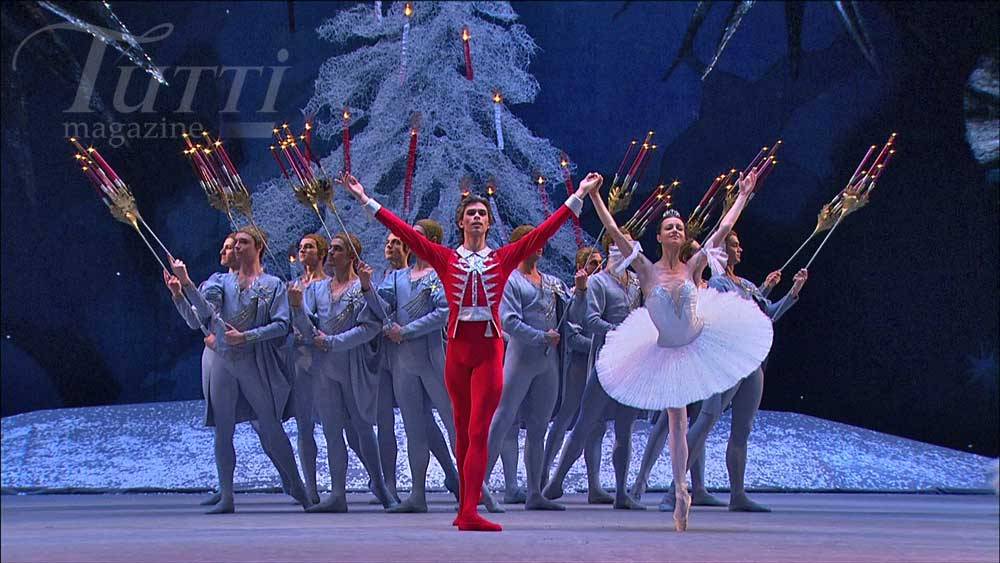
- Giselle (revival, after Jean Coralli and J. Perrot). Staged with Jules Perrot. Music by Adolphe Adam and Cesare Pugni. 7 February [O.S. 26 January] 1850.
- Le Corsaire (revival, after J. Mazilier). Staged with Jules Perrot. Music by Adolphe Adam and Cesare Pugni. 24 January [O.S. 12 January] 1858.
- La Bayadère. Music by Ludwig Minkus. 4 February [O.S. 23 January] 1877
- The Sleeping Beauty. Music by Pyotr Ilyich Tchaikovsky. 15 January [O.S. 3 January] 1890.
- La Sylphide (revival, after F. Taglioni). Music by Jean Madeleine Schneitzhoeffer and Riccardo Drigo. 31 January [O.S. 19 January] 1892.
- The Nutcracker. Staged by Petipa and Lev Ivanov. Music by Pyotr Ilyich Tchaikovsky. 18 December [O.S. 6 December] 1892.
- Cendrillon (as Zolushka). Staged by Lev Ivanov and Enrico Cecchetti under the supervision of Petipa. Music by Baron Boris Fitinhof-Schell. 17 December [O.S. 5 December] 1893.
- Swan Lake (revival, after J. Reisinger). Staged with Lev Ivanov. Music by Pyotr Ilyich Tchaikovsky in a revision by Riccardo Drigo. 27 January [O.S. 15 January] 1895.❄️
- Raymonda. Music by Alexander Glazunov. 19 January [O.S. 7 January] 1898.
- https://en.wikipedia.org/wiki/Marius_Petipa
- https://fr.wikipedia.org/wiki/Piotr_Ilitch_Tcha%C3%AFkovski
- List of productions of The Nutcracker
- https://en.wikipedia.org/wiki/The_Nutcracker
🕺💃 Dance 🩰 Ballet 🎄
❄️ Nutcracker ❄️Casse-Noisette 🎁
👇 ♪ 📽️ ♪ 👇
🩰 🩰
❄️ Nutcracker ❄️Casse-Noisette 🎁
👇 ♪ 📽️ ♪ 👇
🩰 🩰
Ballet Complet
👇 VIDEO 👇
https://paulcpw.blogspot.com/2019/12/nutcracker-ballet-casse-noisette.html
🎄❄️🎄❄️🎄❄️🎄❄️🎄❄️🎄❄️🎄❄️🎄❄️
👇 VIDEO 👇
https://paulcpw.blogspot.com/2019/12/nutcracker-ballet-casse-noisette.html
🎄❄️🎄❄️🎄❄️🎄❄️🎄❄️🎄❄️🎄❄️🎄❄️
🎼 ♪♫
🎄 🎁 ♫ 🎵 ♪ 🎄 🎁 ♪ ♫ ♪ 🎄 🎁



















